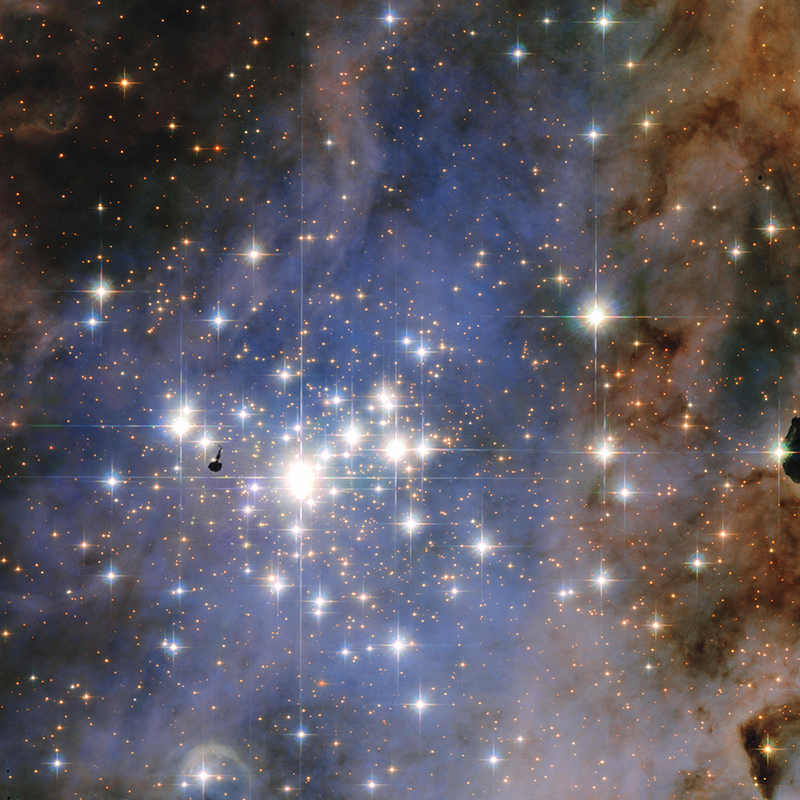Cosmochemists have discovered the oldest solid material known to exist on Earth. The material, stardust, consists of silicon carbide grains measuring around one micrometer in size. The grains date back approximately 7 billion years, or about 2.5 billion years before the Sun and solar system formed. Aged stars nearing the end of their life cycles originally forged the grains, which then were captured inside a meteorite that formed around 4.6 billion years ago, eventually crashing into Australia in 1969. Analyzing the dust will help scientists study previous stellar generations in our galaxy. See also: Milky Way Galaxy; Star; Sun

In order to isolate the grains, the cosmochemists began by crushing fragments of the famous Murchison meteorite, among the most studied space rocks in history. Applying acid to the resulting meteoritic powder dissolved away other minerals, leaving behind durable silicon carbide crystals. The scientists confirmed that individual grains had an origin outside the solar system because the grains' ratios of isotopes—versions of a chemical element containing differing numbers of neutrons—diverged sharply from ratios of material native to our solar system. See also: Chemical element; Isotope; Meteorite
To then fully gauge the grains' ages, the researchers looked at levels of a specific isotope of the element neon, produced when high energy particles called cosmic rays collide with the grains. The longer the grains remained in the harsh, cosmic ray–riddled environment of interstellar space, the greater their neon isotopic alteration. The grains then were preserved against further change (and eventual destruction) after incorporation into the Murchison meteorite 4.6 billion years ago as the solar system developed from a giant cloud of gas and dust. See also: Cosmic ray; Neon; Solar system
The overall chemistry and varied ages of the grains suggest that some were formed by asymptotic giant branch stars, which are bloated, carbon-rich stars that are significantly older than the Sun is now. The grains further point to a period of enhanced star formation having occurred in our galaxy around seven billion years ago, helping fill in the picture of how the Milky Way has evolved over its estimated 13 eons of existence. See also: Galaxy formation and evolution; Stellar evolution





